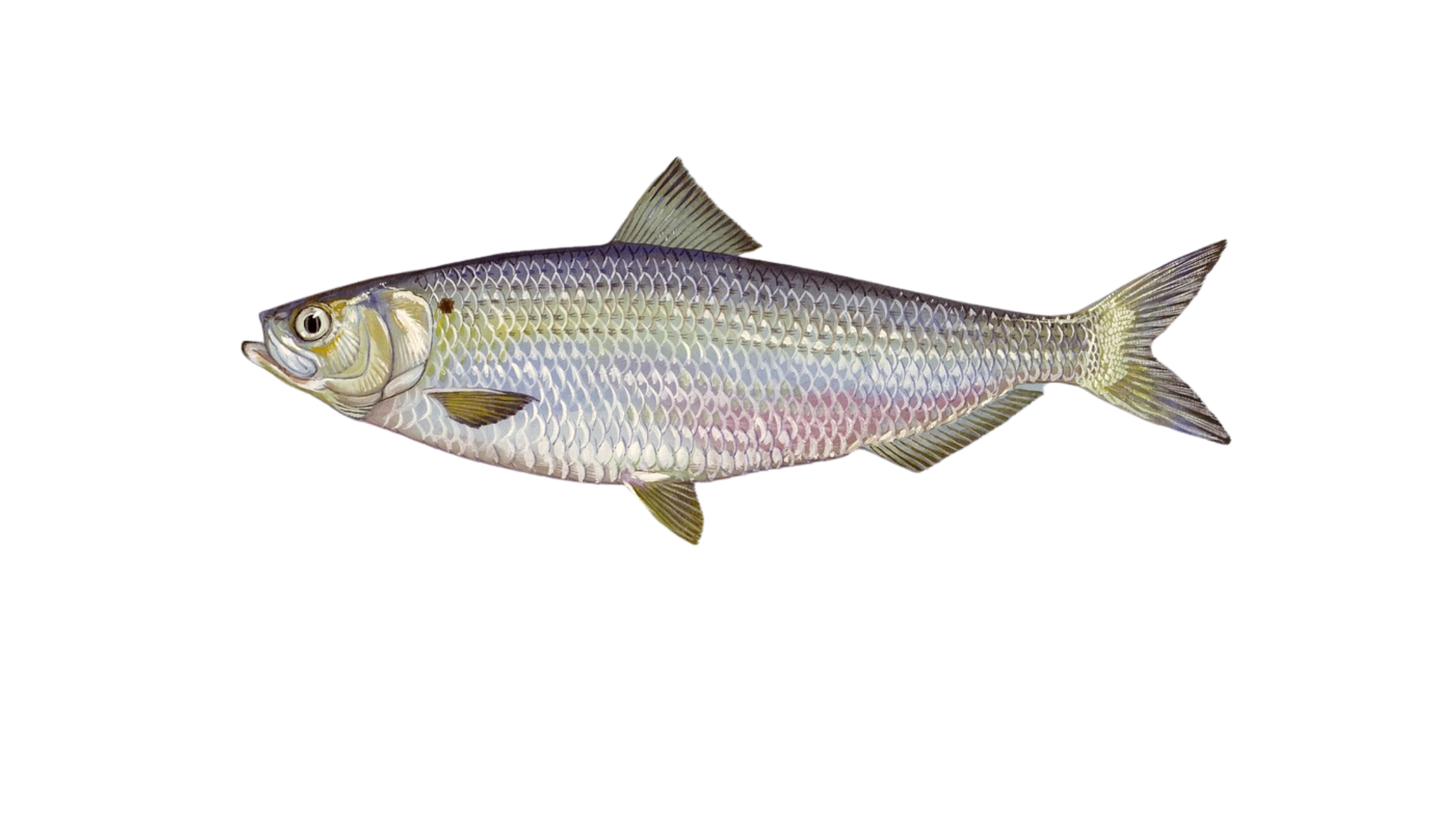The fishing landscape of Lake Lanier, positioned around 40 miles northeast of Atlanta, has been significantly altered by the arrival of the Blueback Herring. This anadromous species, adaptable to both fresh and saltwater environments, has intricately woven itself into the aquatic life and fishing culture of the lake, establishing it as a top spot for bass anglers. Home to large spotted bass known to exceed 8 pounds, Lake Lanier provides a first-class freshwater fishing experience over its vast 38,000 acres along the Chattahoochee River. Over the past decade, the spotted bass fishing in this reservoir has been nothing short of spectacular, leading to impressive tournament victories. The secret behind this phenomenon? The small, silvery Blueback Herring (Alosa aestivalis).
Find Blueback Herring
Blueback Herring, originally from the Atlantic Coast, are coastal dwellers who typically reside in saltwater but migrate to freshwater streams to spawn. Introduced into various river systems in the Southeast about three decades ago, these saltwater species became game fish forage in the Carolinas and Georgia. They are found in Clarksville Reservoir, Lakes Russell, Keowee, Hartwell, Chatuge, Smith, Murray, Greenwood, and, of course, Lake Lanier. Despite being a non-native species, they swiftly acclimated to the freshwater environment, thriving and multiplying at an astonishing rate. The prosperity of the Blueback Herring population led to a boom in the spotted bass population. Transforming Lake Lanier, along with others, into a hotspot for spotted bass fishing.
Identifying Blueback Herring
Distinguishing Blueback Herring can be challenging due to their resemblance to threadfin shad and Alewife. They are mainly silver in color with a small dark spot behind their gill plate, coupled with a distinctive dark green/blueish hue on their back. These fast-moving, saltwater fish are known for their spring spawn. They roam from flat point to flat point dispersing their eggs. After spawning, they typically retreat to deeper waters, often favoring structures like sunken timber and breaks.
Spawning Habitats
Herring spawn over hard bottoms on main lake and secondary points, sometimes in water barely a foot deep. Their spawn is influenced by factors such as water temperature, clarity, and even moon phase. Unlike shad, which spawn in low light, herring spawning activity can last throughout the day.
Winter and Prespawn
From winter through to the prespawn months, bass feed heavily on herring as the water warms. In Lake Lanier, bass transition from feeding on threadfin shad to Blueback Herring in late winter. Key areas to locate herring eaters include offshore funnels and feeding pockets adjacent to the bass spawning grounds. During the cold-water period, bass tend to go either super shallow or super deep, reacting to high-speed baits that match the fast-swimming bluebacks. The secret to a successful spotted bass fishing trip is to understand and pattern the behavior of the Blueback Herring. They typically go deeper than most baitfish and tend to be more nomadic, making their movements harder to predict.
Spawning Season
The spawning season, usually initiated when water temperatures hit around 70 degrees, opens up thrilling opportunities. During this period, bass engage in a feeding frenzy, with topwater hardbaits and soft plastics like the Fluke and Super Fluke proving highly effective. If the bluebacks aren’t around, don’t hesitate to move on. The presence of herring leads to hungry bass, and where you find herring, bass won’t be far off.
Post-Spawn and Summer
After the herring spawn ends, locating and catching bass can become challenging as schools of herring and bass move out of the shallows, suspending in deep water, and reverting to their migratory behaviors. Keeping an eye out for diving birds and bass breaking the surface can give you a clue as to the whereabouts of these elusive schools.
Fishing Techniques and Lures
Understanding the subtleties of the herring spawn can aid bass anglers in capitalizing on the increased feeding activity of bass. The size and speed of herring influence lure size and presentation, meaning anglers need to find herring and the trailing bass to make the most of the open water fishing season. In other words, find the bait, find the bass.
Artificial lures like SteelShads and suspending jerkbaits can prove to be highly effective in enticing bass. SteelShads, which mimic shad, are excellent for fishing around seawalls and humps. Their vibrations and flash attract fish, making them ideal for fishing vertical structures. Conversely, suspending jerkbaits mimic baitfish and produce erratic movements in the water, drawing bass from points and docks and simulating the injured baitfish that bass find irresistible.
We will be covering in detail lures and presentations that mimic the blueback herring to target spotted bass in future posts – stay tuned!


Recent Comments